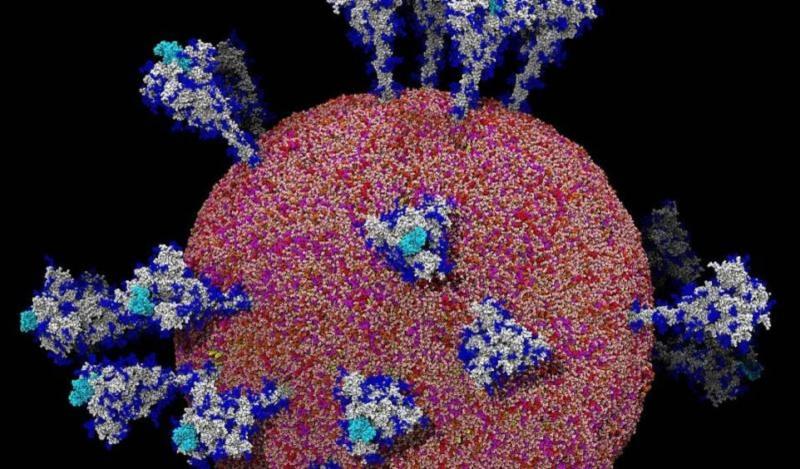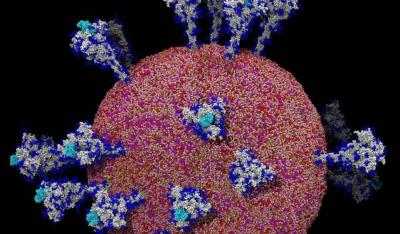At the end of 2023, experts from the World Health Organization (WHO) warned that the world needs to be properly prepared for future pandemics, following years of "pain and loss" due to "COVID-19." Scientists predict that 2024 may see outbreaks of various diseases and pandemics, necessitating increased vigilance and readiness to confront them, ranging from a new variant of "COVID-19" to concerns about a more lethal monkeypox variant and the spread of mosquito-borne diseases from tropical countries. Health experts have listed infectious diseases that could emerge in 2024.
**COVID-19 Variant JN.1**
The most apparent health threat is a new, more transmissible strain of the coronavirus that is already spreading rapidly in parts of the world. The JN.1 variant was classified as a "variant of interest" by the WHO in early December 2023. The WHO has emphasized that the risk posed by this strain is currently "low." The organization stated, "Based on available evidence, the additional risk to global public health posed by JN.1 is currently assessed as low." This variant has not been found to cause more severe symptoms than previous strains. However, mutations may allow it to spread more rapidly and weaken herd immunity. Professor Peter Openshaw from Imperial College London noted, "It is a remarkably deceptive virus, making people very ill at times and leading to long COVID in others." He added, "Immunity wanes over time, and for many, it's been over a year since their last booster. The more the virus mutates, the less effective antibodies are in combating it. The circulating virus now is very different from the virus we saw in 2020. The new virus is much better at spreading from person to person and evading existing immunity from infection and vaccination."
**Monkeypox**
COVID is not the only concern that may garner media attention in 2024. Health officials have reported an outbreak of a severe strain of smallpox (previously known as monkeypox) that kills one in ten infected individuals. There are two types of monkeypox virus: Clade I and Clade II. Clade I has a higher fatality rate of about 10%, whereas Clade II is generally milder and was prevalent in Europe last year. Dr. Maria van Kerkhove, an infectious disease expert, stated, "We are concerned about the spread of Clade I to other countries, and there is very little interest in monkeypox at this time."
**Dengue Fever**
Scientists have observed dengue fever, a deadly disease transmitted by mosquitoes, emerging in France, Italy, and Cyprus in the last few months of 2023. Typically, the mosquitoes responsible for this virus thrive in tropical climates. However, scientists indicate that climate change, which is bringing heatwaves and recurrent flooding to Europe, has created more favorable conditions for these creatures. Dr. Maria van Kerkhove remarked, "This is not a theoretical future risk. It is happening now and needs to be addressed now."
**Measles**
Measles cases, one of the most contagious diseases worldwide, surged by over 3000% in Europe during 2022. More than 30,000 cases were reported between January and October 2023, a significant increase from 941 cases throughout 2022, according to the WHO. This rise is attributed to declining vaccination coverage across the 53 European member states since 2020. Dr. Hans Henri P. Kluge, the WHO Regional Director for Europe, stated, "This is concerning." Officials are now calling for "urgent" actions to stop the potential outbreak of this deadly disease. There is no cure for measles, but safe and effective MMR vaccines are available that protect against measles, mumps, and rubella. Dr. Kluge said, "Vaccination is the only way to protect children from this potentially dangerous disease." Measles typically causes fever, runny nose, cough, red eyes, sore throat, and a characteristic rash, which usually resolves within two weeks. However, it can occasionally lead to complications like pneumonia, meningitis, seizures, blindness, or even death if it spreads to other parts of the body, such as the lungs or brain. This is particularly concerning for infants and those with weakened immune systems. It is also more dangerous during pregnancy, increasing the risks of miscarriage, stillbirth, or preterm birth.




